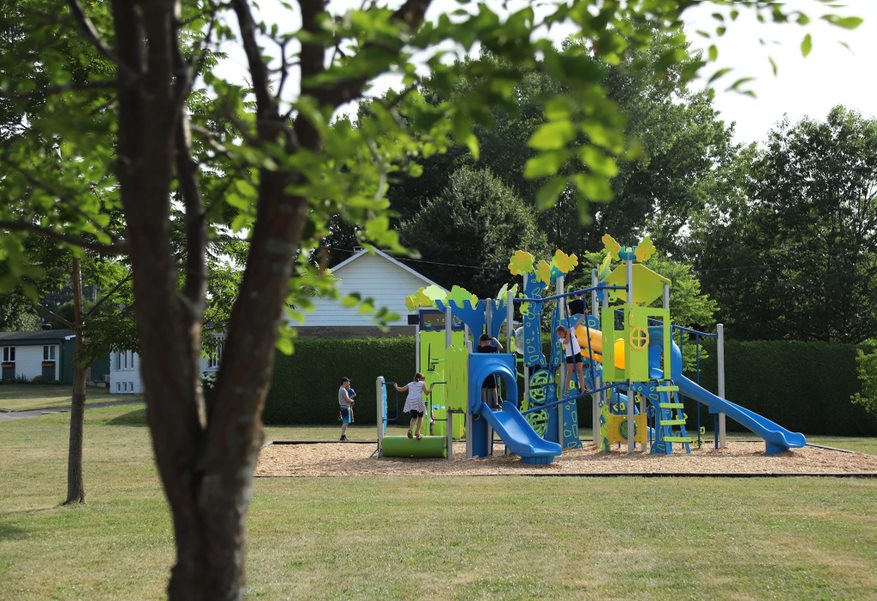There are different types of playgrounds, and each one offers various advantages and characteristics that make them unique. Each playground project is different according to the client’s requirements, the community, the available space, the budget, and, above all, the activities that they want the children to carry out in it. Traditional playgrounds are children’s favorites, being a classic game that attracts and amuses. There are also interactive playgrounds, where, thanks to all the modern advances, can take a playground to the next level. However, there are some differences between these two models, which we will explain below.
What is a traditional playground?
Traditional playgrounds are made of wood, metal, or plastic and are usually brightly colored to make them more attractive. These playgrounds are made up of slides, swings, seesaws, bars, hanging rings, etc. They seek to develop children’s physical abilities by including elements that allow them to climb, swing, turn, and more, allowing children to have fun.
What is an interactive playground?
Interactive playgrounds, are facilities that combine the structures of traditional playgrounds with advances and technological elements that maximize the action of the game. They encourage children to explore and interact with the environment using specialized tools that adapt to the players’ behavior. These playgrounds offer a different and positive sensory experience for all participants.
Simple elements vs. technological elements
Traditional playgrounds maintain a scheme of simple games. The protagonists are the classic elements, children, and their imagination, thus allowing them to develop their physical abilities and creativity. In the case of interactive playgrounds and the features mentioned above, screens, speakers, motion sensors, and other technological components are included that increase the potential of traditional games, allowing children to feel inside a video game.
Physical skills and sensory experience
Traditional playgrounds focus on developing gross and fine motor skills and activities that allow physical improvement. Interactive playgrounds offer a visual and auditory experience for a more enveloping and immersive game, completing the traditional game.
Accessories
Although the base is the same structure as traditional games, interactive playgrounds somehow complement what is already known, going to the next level. Many children are only used to indoor games with consoles and screens, which is not recommended. In this way, children can be encouraged to play outdoors, do physical exercise, and share with friends and the community. Interactive playgrounds facilitate the transition from indoor games to outdoors and increase social interaction skills.
What did you think of this topic? Do you want to know more about interactive or traditional playgrounds?
If you want to know more about this topic, you can subscribe to our newsletter and access our free report entitled How to finance a playground for my community?
